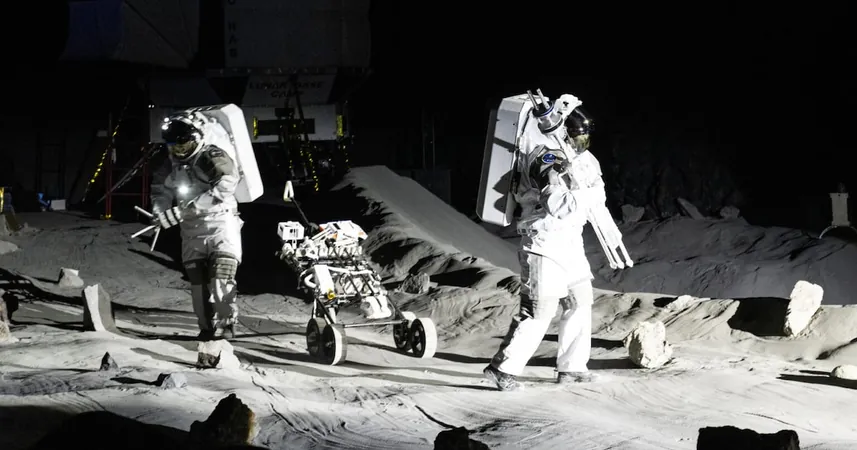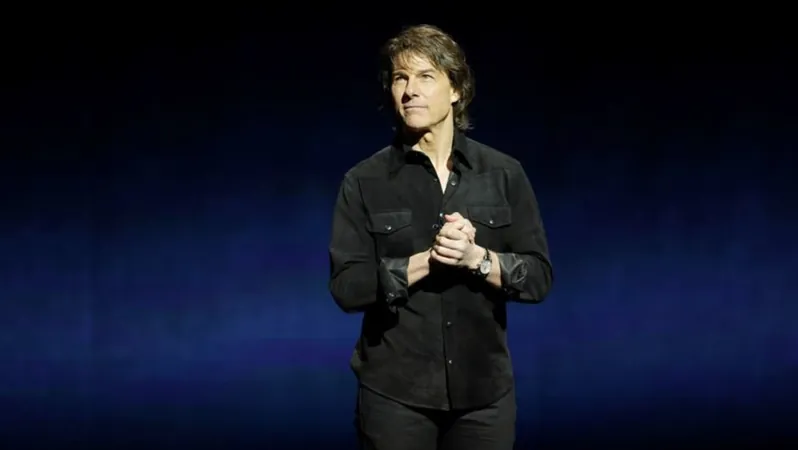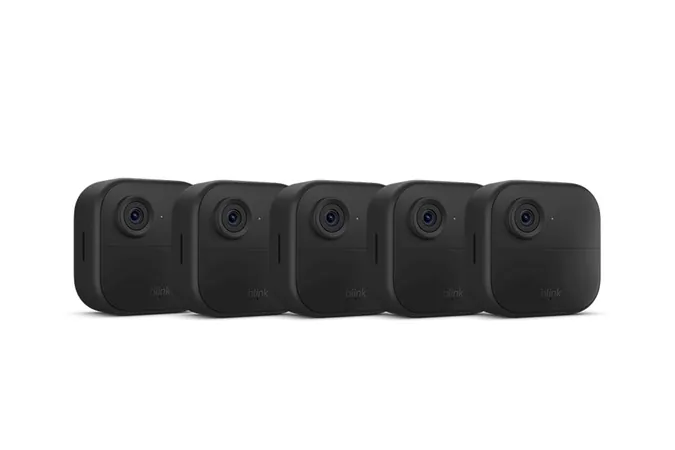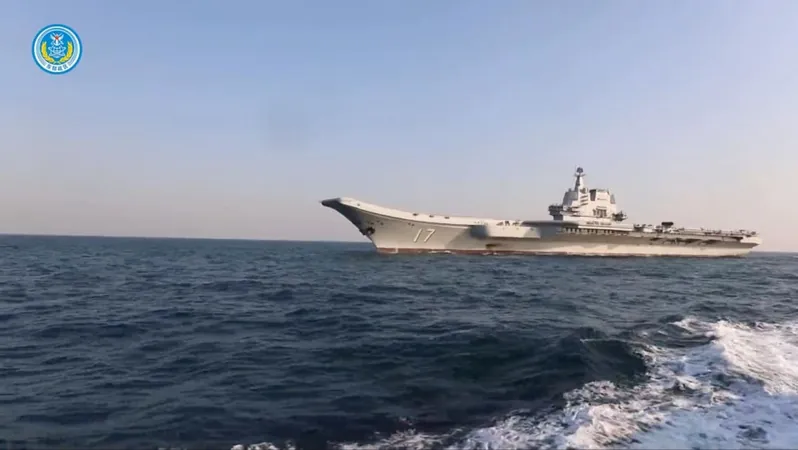
Irish Scientist Pioneers Moon Simulation with 900 Tonnes of Lunar Dust
2025-04-03
Author: Mei
What do LEGO, lizards, and 900 tonnes of lunar regolith have in common? They all played a role in the groundbreaking project known as Luna, a moon analogue facility spearheaded by the European Space Agency (ESA) in collaboration with the German Space Agency (DLR).
While the moon is nearly 400,000 km away, Luna has brought a slice of it to Germany, offering astronauts worldwide an invaluable training ground for upcoming lunar missions. This state-of-the-art facility opened its doors last year at ESA's Astronaut Centre (EAC) in Cologne, marking the culmination of a decade-long journey led by the innovative team known as Spaceship EAC, which includes the expertise of Irish materials scientist Dr. Aidan Cowley.
Cowley, hailing from Swords, County Dublin and a Dublin City University alumnus, serves as a science adviser for Luna. His impressive tenure began in 2014 when he became a research fellow focused on in-situ resource utilization, a crucial area of study that the ESA aimed to pioneer.
The essence of Luna's mission is to understand how we can utilize lunar regolith— the moon's surface material— without having to transport construction materials from Earth. Cowley's research involved not only classifying this regolith but also experimenting with different material properties to create a realistic analogue.
The Luna facility spans 1,000 square meters and serves diverse purposes, from astronaut training and mission simulations to various scientific investigations. A key element of this training involves creating a lunar surface that faithfully replicates the harsh environmental conditions and abrasive qualities found on the moon. The moon's lack of atmosphere results in regolith particles that are sharp and jagged due to relentless micrometeorite impacts, presenting unique challenges for engineering lunar missions.
The process for producing a simulant closely mimicking lunar regolith, known as EAC-1, was long and complex. Cowley, alongside geologist Victoria S Engelschiøn, rigorously analyzed rock samples returned from the Apollo missions, comparing lunar compositions with terrestrial materials to finalize the simulant's makeup.
Sourcing the required 900 tonnes of EAC-1 was no small feat. After extensive searching, their luck changed when they located a suitable quarry in the volcanic Eifel region of Germany, which provided raw material that met their stringent geochemical requirements.
However, the project faced unexpected hurdles. One significant challenge included the presence of a thriving lizard population at the construction site, necessitating the relocation of hundreds of lizards to protect local biodiversity.
Transporting the substantial volume of simulant into the facility proved equally challenging; they tackled it using the traditional method of shoveling it in one batch at a time. The team managed to relocate 20 tonnes of the material on dry days, taking special precautions due to the material's abrasive properties, which required strict safety protocols and protective equipment.
Dr. Cowley described the opening of Luna in September as a cathartic moment, showcasing the facility's capabilities to stakeholders, including ESA astronauts who participated in training activities wearing the specially designed Luna spacesuits.
Interest in utilizing Luna has surged, dispelling initial concerns that the project would underutilize the significant resources invested over the years. Cowley's ongoing role as science adviser includes evaluating proposals for future research and continued innovation in areas like 3D-printed regolith-based bricks.
Looking ahead, Cowley is optimistic about the future of European lunar exploration. He envisions that access to the lunar surface will revolutionize opportunities for experimentation and collaboration across various teams and disciplines, paving the way for unprecedented advancements in space exploration.
The Luna project stands as a testament to ten years of dedication and innovation, ensuring a promising future for Europe on the international space stage.




 Brasil (PT)
Brasil (PT)
 Canada (EN)
Canada (EN)
 Chile (ES)
Chile (ES)
 Česko (CS)
Česko (CS)
 대한민국 (KO)
대한민국 (KO)
 España (ES)
España (ES)
 France (FR)
France (FR)
 Hong Kong (EN)
Hong Kong (EN)
 Italia (IT)
Italia (IT)
 日本 (JA)
日本 (JA)
 Magyarország (HU)
Magyarország (HU)
 Norge (NO)
Norge (NO)
 Polska (PL)
Polska (PL)
 Schweiz (DE)
Schweiz (DE)
 Singapore (EN)
Singapore (EN)
 Sverige (SV)
Sverige (SV)
 Suomi (FI)
Suomi (FI)
 Türkiye (TR)
Türkiye (TR)
 الإمارات العربية المتحدة (AR)
الإمارات العربية المتحدة (AR)